The World's Most profound Man-Made Opening Has Been Fixed Closed Due to What They Found The World’s Deepest Man-Made Hole Has Been S...
The World's Most profound Man-Made Opening Has Been Fixed Closed Due to What They Found
The World’s Deepest Man-Made Hole Has Been Sealed Shut Because Of What They Found
Figuring out what our reality's middle resembles has generally been an inquiry that large numbers of us have considered for a long time. Truth be told, many movies have been made to attempt to picture what they accept the world's middle resembles! Obviously, numerous researchers have endeavored to find what the focal point of the world resembles by diving profound into the earth until they could never again do as such, driving us to a far off promontory in northwestern Russia. For quite a long time, researchers have been dealing with penetrating the region close to the planet's middle. The borehole, which is north of 40,000 feet down, has procured the title of being the world's most profound man-made opening.
The Unforeseen
Something unforeseen happened, making their arrangements self-destruct. They seemed to have no real option except to for all time shut it down. What might have at long last stopped such a fierce pursuit? You'd have no clue about what the responses to these inquiries are…
Above And Underneath
We are unsurprised to discover that humankind is captivated by what lies underneath the surface. It's straightforward why individuals are captivated by the unexplored world. We have an interest with the sky also. We have since dived more deeply into the universe than we have at any point known because of the endeavors of privately owned businesses and global space organizations.
Intriguing Disclosure
While the primary counterfeit satellite was sent off in 1957, it surely was not the last time we have gazed toward the sky nor have gotten a perspective on our reality from a higher place. Nonetheless, it's an alternate situation when we discussing lies underneath our feet. In spite of the fact that we have an of thought what the underground contains, we have scarcely even started to expose what's underneath, which makes it much really intriguing.
The Virus War
Some even accept that we find out about space than we do about what exists underneath the world's surface. We're certain you've found out about the space race between the US and the Soviet Association during the Virus War. Notwithstanding, barely any individuals know about the journey to overcome the underground.
Rush To The Profundities
Starting in the last part of the 1950s, American and Soviet researchers started to design tests pointed toward infiltrating the world's hull. This is the region of the Earth that stretches up to thirty miles to the planet's middle. Clearly, as we have recently referenced, this is only the surface.
The Mantle
The thick shell then, at that point, gives way to the mantle, an unexplained internal layer. Almost 40% of the World's mass is held inside this more profound layer. Taking everything into account, this prompted an intriguing excursion. We should figure out what they found…
Project Mohole
With the send off of Venture Mohole in 1958, the US started to lead the pack. It is near the Mexican city of Guadalupe. A group of designers dealt with the venture, which included boring through the Pacific Sea bed. It was an endeavor to penetrate through the World's covering to get tests of the Mohorovii brokenness, or Moho, the limit between the outside layer and the mantle.
Arriving at The Mantle
They had the option to arrive at a profundity of in excess of 600 feet. Project Mohole, then again, was in the end racked eight years after its subsidizing was cut. The Americans were ineffective as they continued looking for the mantle. Basically putting the undertaking on a stop.
The Soviets
From that point forward, it really depended on the Soviets to take a stab. A group of researchers started boring into the outside layer underneath the Pechengsky Area. It was an unexpected methodology in comparison to what the first analysts had taken.
Digging Profound
On Russia's Kola Landmass, this is a scantily populated region. The objective was straightforward. They basically needed to dig as profound into the hull as could be expected. Quite simple right? Simply dig as profound as possible until you arrive at the breaking point.
What Their Objective Is
The Soviets additionally needed to dive as deep as 49,000 feet underneath the World's surface. They started digging a progression of boreholes that forked off from a solitary cavity with the help of specific hardware. American miners gained their own headway while chipping away at this mission.
Bertha Rogers Opening
In 1974, the Solitary Star Delivering Organization started oil penetrating in western Oklahoma. The firm wound up making the "Bertha Rogers opening" because of its activities. It was the world's most profound opening until 1979 when the USSR's Kola Superdeep Borehole outperformed it.
Where Is It Found?
The man-made wonder, which is situated in Washita Province, is in excess of 31,400 feet underneath the outer layer of the planet. That is a distance of almost six miles! It was incredibly profound! You can ponder exactly the way in which profound the opening is!
Breaking The Record
Despite the fact that Solitary Star neglected to observe what it was searching for, it stayed the world's most profound opening for an additional five years. On June 6, 1979, one of the Kola boreholes known as SG-3 broke the record. By 1983, the nine-inch-wide opening had entered 39,000 feet into the planet's surface.
After That Achievement
The Kola Landmass specialists have briefly put down their instruments since they have arrived at that achievement. They went home for the year from chipping away at it to permit different individuals to visit the mind boggling site. You could actually visit it right up 'til today, as a matter of fact!
Specialized Issues
Yet again notwithstanding, when they endeavored to restart following a year, they experienced a specialized issue that constrained them to stop. The undertaking was required to be postponed again. What turned out badly with the scientists that made the task be stopped again?
Not Losing Trust
The scientists, then again, didn't surrender. They chose to leave the first borehole and start once more. They did it from a profundity of 23,000 feet this time. We should perceive how their next endeavor held facing their past endeavor.
Breaking The Record
They had sunk to a profundity of 40,230 feet by 1989, breaking the past record (7.5 miles). This expanded their fearlessness. Assuming all works out positively, they ought to have the option to work out in a good way past 44,000 feet before the finish of 1990.
Something Down There
It was much more amazing when they anticipated they'd arrive at 49,000 feet by 1993. Under the distant tundra, notwithstanding, there was a surprising thing. What they figured out totally changed all that they thought they knew. Could you at any point think about what it very well might be?
Something's Off-base
They ran into something that caused them to reexamine their technique as they drew nearer deeply. For their purposes, this was a distinct advantage. It fundamentally affected their examination system. What did they run over and exactly what amount of a disclosure is it?
The Startling Temperature
The temperature in the borehole was generally what the specialists had anticipated. For the initial 10,000 feet of the dig, this was valid. Notwithstanding, after 10,000 feet of digging, the temperature out of nowhere moved, which totally surprised them as they weren't ready for it.
The Temperature Changed
They had misjudged how rapidly the temperature would climb. When they drew near to the objective, the temperature in the opening had reached 180 °C (356 °F). This is a unimaginable 80 degrees Celsius (176 degrees Fahrenheit) more smoking than they had expected!
There Was Something else
That wasn't its finish. Besides, the analysts found that the stone at those profundities was substantially less thick than they had recently accepted. Thus, it responded to the higher temperatures in an assortment of ways. Totally surprising them.
Leaving The Undertaking
Since they realized the hardware wouldn't rearward in those circumstances, they chose to drop the undertaking. It had been a long time since they had begun digging by then. It's been a great deal of years since the task was dropped, and we might dare to dream that they continue the digging with new, and current hardware.
The Kola Superdeep Borehole
Prior to fixing up what has become known as the Kola Superdeep Borehole, the scientists found several interesting realities. For a certain something, they found little marine plant fossils at a profundity of around four miles, which isn't anything less astounding!
What Did They Find?
Taking into account how long they had been covered underneath miles of rock, the relics were in superb condition. Coincidentally, the actual stone was assessed to be more than two billion years of age! Once more, what they found are altogether astounding disclosures!
Not What They Anticipated
They made a considerably really exciting revelation at the Kola Superdeep Borehole's uttermost ranges! Specialists recently expected that the stone underneath our feet changes from rock to basalt at two to four miles beneath the World's surface in view of seismic wave estimations.
It Was Unique
They immediately understood that they were mixed up. At any rate, this may not be the situation on the Kola Promontory. Following this disclosure, they made a progression of different revelations that drove them to find something definitely more extraordinary than they had expected.
It Was Still Stone
Indeed, even at the most profound profundities of the borehole, the researchers tracked down stone! After some examination, they found that the seismic wave shift was brought about by transformative contrasts in the stone instead of a basalt shift.
They Found Something Amazing
This isn't true by far. They additionally found streaming water a couple of miles underneath the surface, which was astonishing. They weren't hoping to observe anything like this down there!
Confirmation Of Scriptural Flood
Certain individuals were persuaded that the revelation of water underneath the surface was evidence of the scriptural flood. Solid strain, then again, is believed to cause the peculiarity by driving hydrogen and oxygen iotas out of the stone.
Caught Underneath The Surface
From that point forward, impermeable rocks prevented new water from framing underneath the world's surface. Whenever the specialists found this, this was their clarification. What's on your mind?
Conclusion And Breakdown
The breakdown of the Soviet Association harmonized with the conclusion of the Kola Superdeep Borehole. By 1995, the venture had been forever closed down. It is presently named an ecological peril. Guests can see relics from the activity in the close by town of Zapolyarny. It's around six miles from the area. Isn't it astounding that nobody has at any point broken the record? This implies the borehole is as yet the world's most profound man-made point!
The Rush To The Middle
In case it isn't obvious, the rush to the World's middle is nowhere near finished. Boring stages from the Worldwide Sea Disclosure Program are as yet investigating what lies underneath the ocean bottom in the seas. They need to manage outrageous temperatures and bombing hardware to find what privileged insights are concealed inside.
Underneath The Water
They do, be that as it may, go beneath the surface because of reasons other than arriving at the mantle. For a certain something, when a two-man sub was dropped into the Antarctic on a disclosure mission, it dove into the unexplored world. The team individuals needed to go further under the water close to the South Pole than anybody had at any point gone. What did they find down underneath? Indeed, how about we simply say they got a brief look at a world that no other person has at any point seen.
Long stretches Of Cautious Preparation
This wasn't your normal last minute mission, by the same token. As a matter of fact, they endured two years deciding the best setting for the plunge. There's a justification for the deferral. In all actuality we find out about the skies than we do about our own planet's sea floor.
We Have close to zero familiarity with It
We've dived deeper into the outer layer of Mars than we have about the sea floor around us. We should investigate things according to an alternate point of view. Earth's separation from its adjoining planet is 140 million miles. The normal profundity of the sea, then again, is under 12,000 feet, or around two miles!
Difficult By any means
Assuming you think plunging underneath the Antarctic is straightforward, you're mixed up. First of all, researchers needed to figure out where the plummet would occur. They in the long run chose an area known as "Ice shelf Back street." The area didn't get its name for no great explanation.
In The Antarctic
The back street shapes a channel almost one of the Antarctic Promontory's northernmost places. The ocean is encircled by ice lumps that are continually moving. A portion of the pieces are about the size of a vehicle, while others cover a large portion of a square mile. Absolutely getting the boat with the submarine there was a colossal test.
Plunging Into The Unexplored world
The team was determined to investigate the unexplored world. A narrative can inform you more! The leader maker, James Honeyborne, conceded that there were mishaps en route. It was like "a goliath round of Room Trespassers," he advised the BBC to Arrive at Icy mass Rear entryway. It wasn't simply reaching the right point that was challenging for them. Different variables hampered their advancement too.
Such countless Questions
For a certain something, the group had no clue about how their submarines would act in such an unfriendly climate. All things considered, the profundity planned to overburden it. Notwithstanding, when they started to plunge, these worries blurred. They found a mind boggling biological system of astonishing animals underneath the waves. Stunningly better, the group found one that they named after a critical person from the Star Wars adventure!
More Life There
Despite the fact that life is in many cases brutal over the waves, there are a plenty of odd and powerful ocean animals underneath. "Inside a square yard, there is more life in the profound of the Antarctic than there is in the reefs of the Obstruction Reef of Australia," Imprint Taylor imparted to LADbible. He was an individual from the jump group that was essential for the investigation. There are a few valid justifications for this, for reasons unknown.
Thick Marine Snow
For a certain something, the marine snow they found underneath the Antarctic waves was "thicker than [he's] seen it elsewhere on the planet's seas." These are the expressions of the College of Southampton's Dr. Jon Copley. Be that as it may, precisely, what is marine snow? What is the meaning of this to the ocean bottom?
Significant Food Source
Is this your first time finding out about marine snow? Natural material streams down from the sea's surface to the sea floor's. It is a crucial wellspring of nourishment for the animals who live underneath the sea's surface. All things considered, it utilizes daylight to move energy and supplements from various pieces of the ocean.
Krill Crap As well
In any case, there is another significant food source in the Antarctic Sea. We're discussing krill crap! Krill are little shellfish that experience all around the world and assume a significant part in the pecking order. Their stool, specifically, transforms the ocean bottom into a sloppy climate that is great for supporting life at that profundity. Coincidentally the creatures that flourish in the space are probably the weirdest animals you'll at any point see.
The Antarctic Sunstar
The Antarctic Sunstar was perhaps the weirdest animal the group found down there. The analysts, then again, gave it an appalling moniker. They named it the Demise Star, and we can see the reason why they picked that name. Labidiaster annulatus is the logical name for the creature. It is a cousin of the normal starfish, however it is an altogether different animal.
Otherwise called The Passing Star
First of all, the Passing Star can possibly have up to 50 arms! It can likewise develop to the size of a hubcap. The skin on the arms is shrouded in small pliers that nearby when they come into contact with something. More often than not, the awful casualty is a passing krill. This isn't even the most abnormal thing about the Sunstar!
The way things are Finished
In different seas, fish are the prevailing hunters, however the Demise Star is here to show us how things are done in Antarctica. Since the water in the space is very chilly, fish don't flourish there. Accordingly, spineless creatures, for example, the Antarctic Sunstar involve the head of the pecking order.

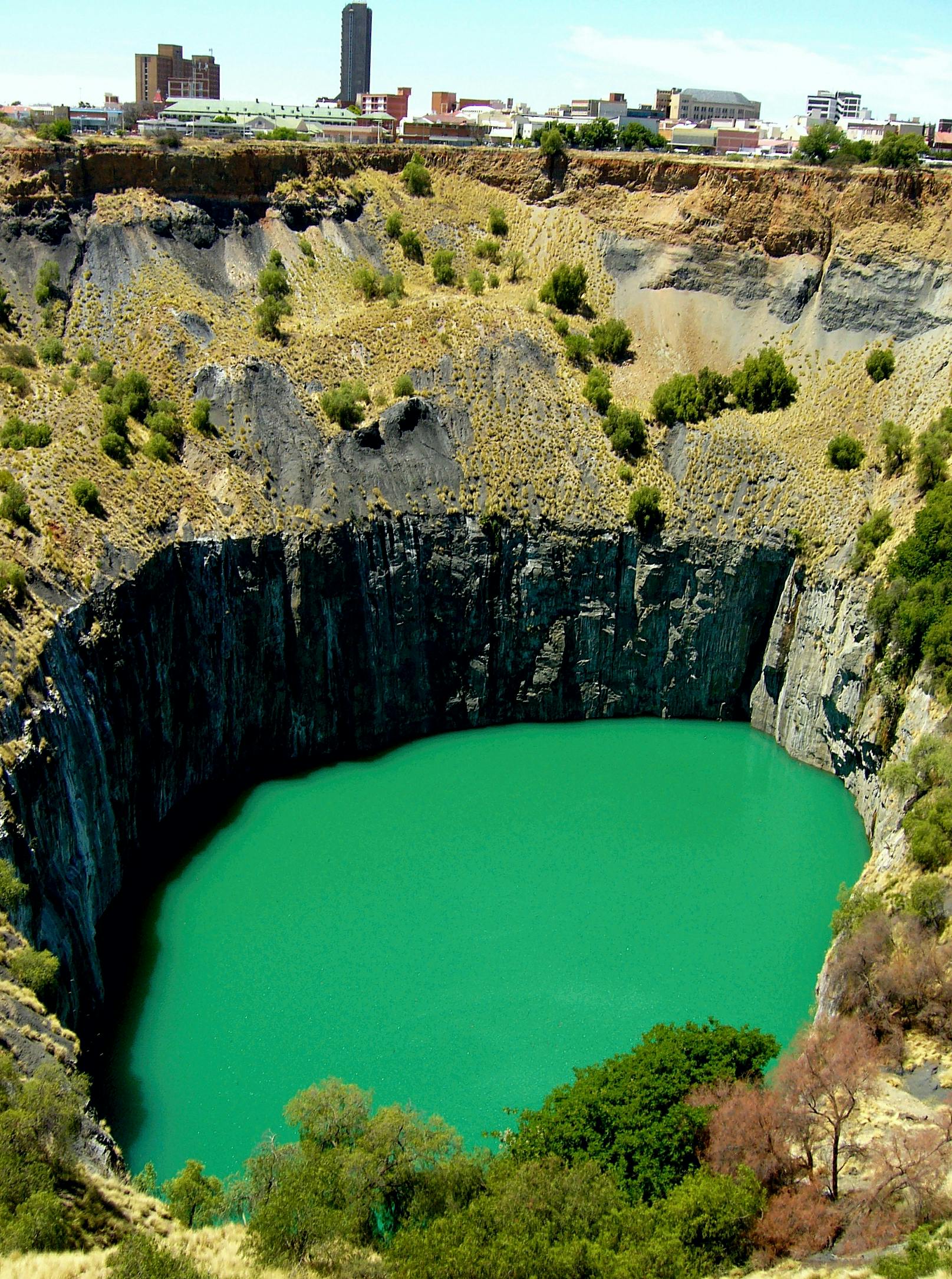
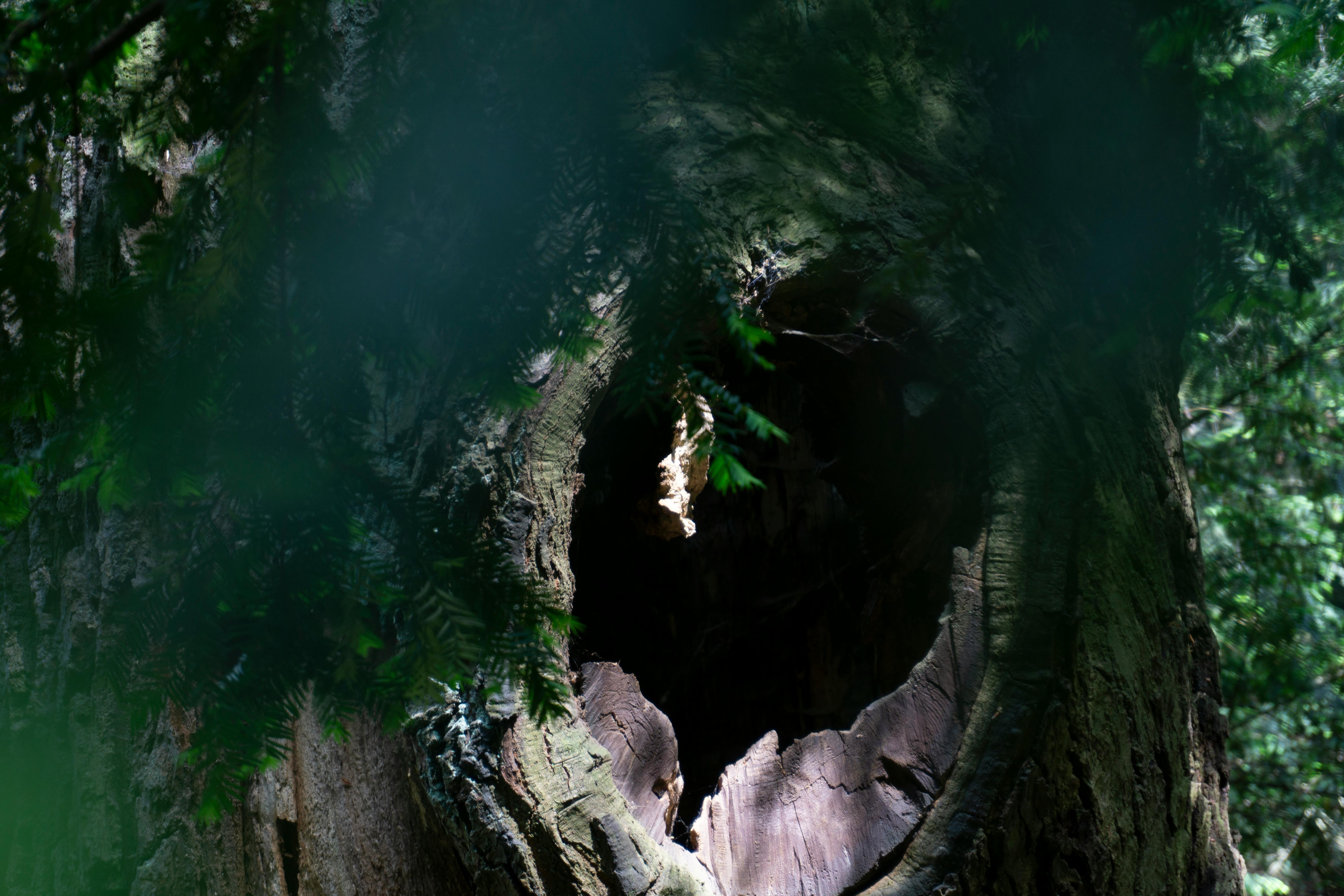
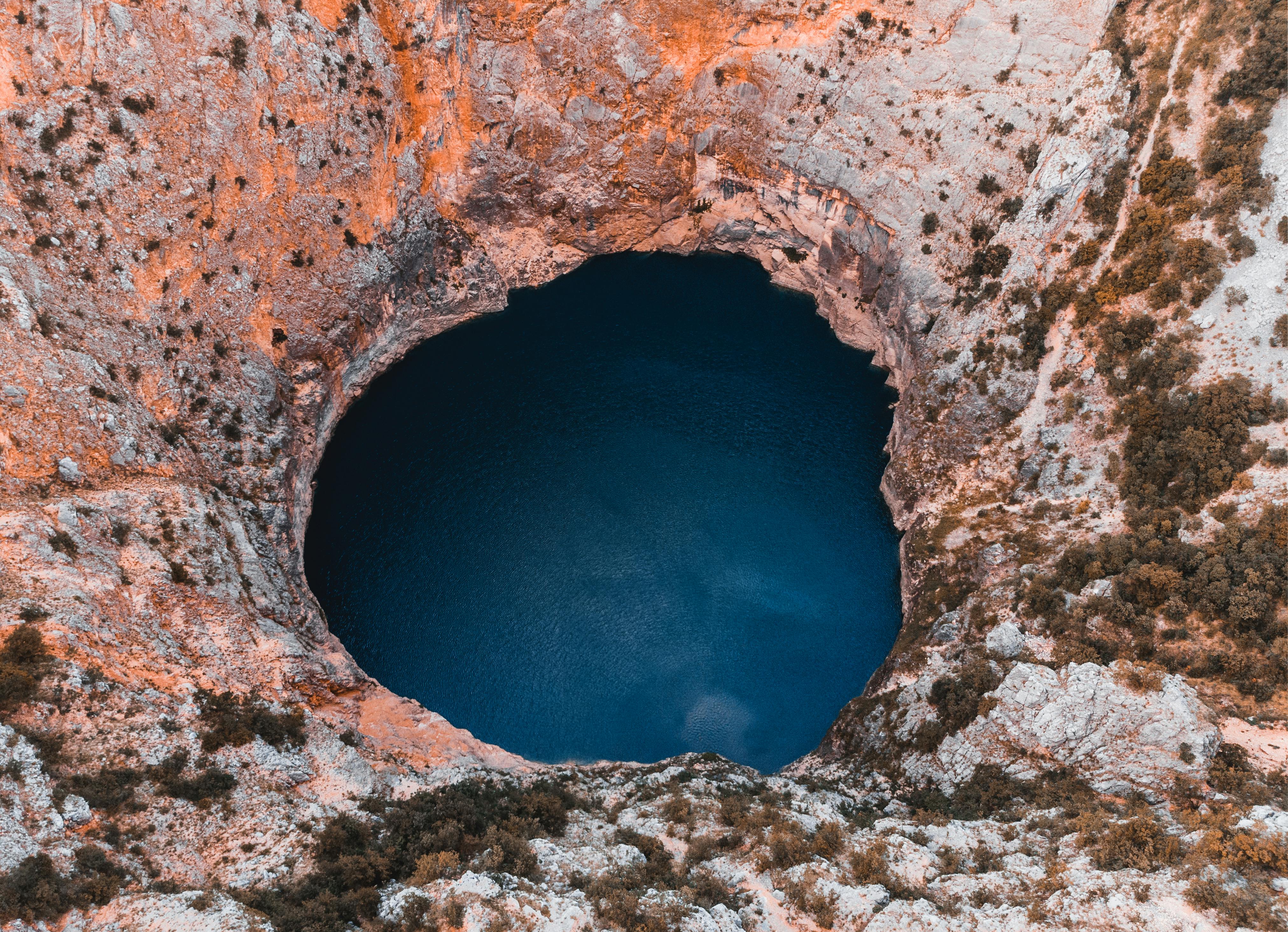
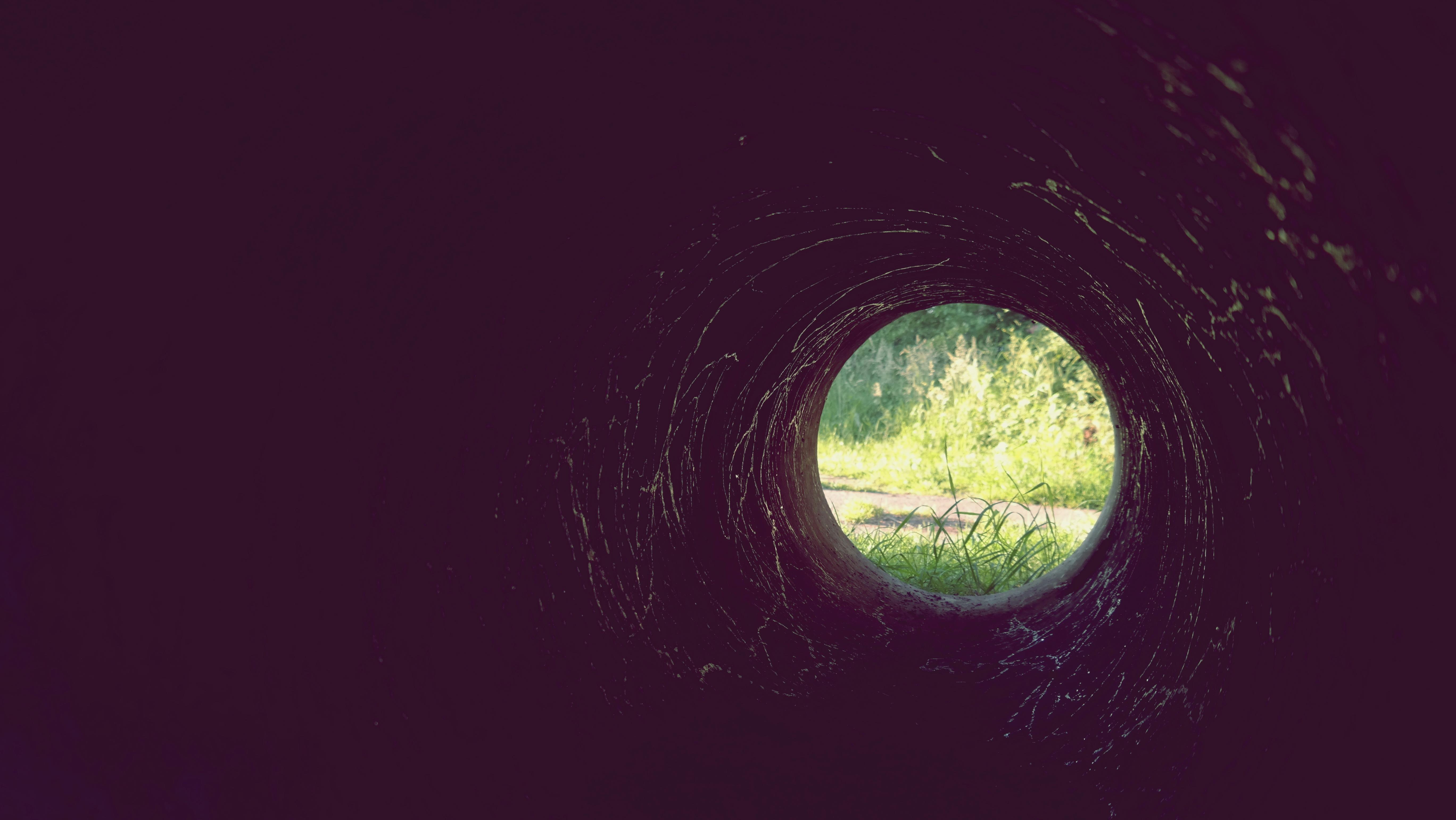
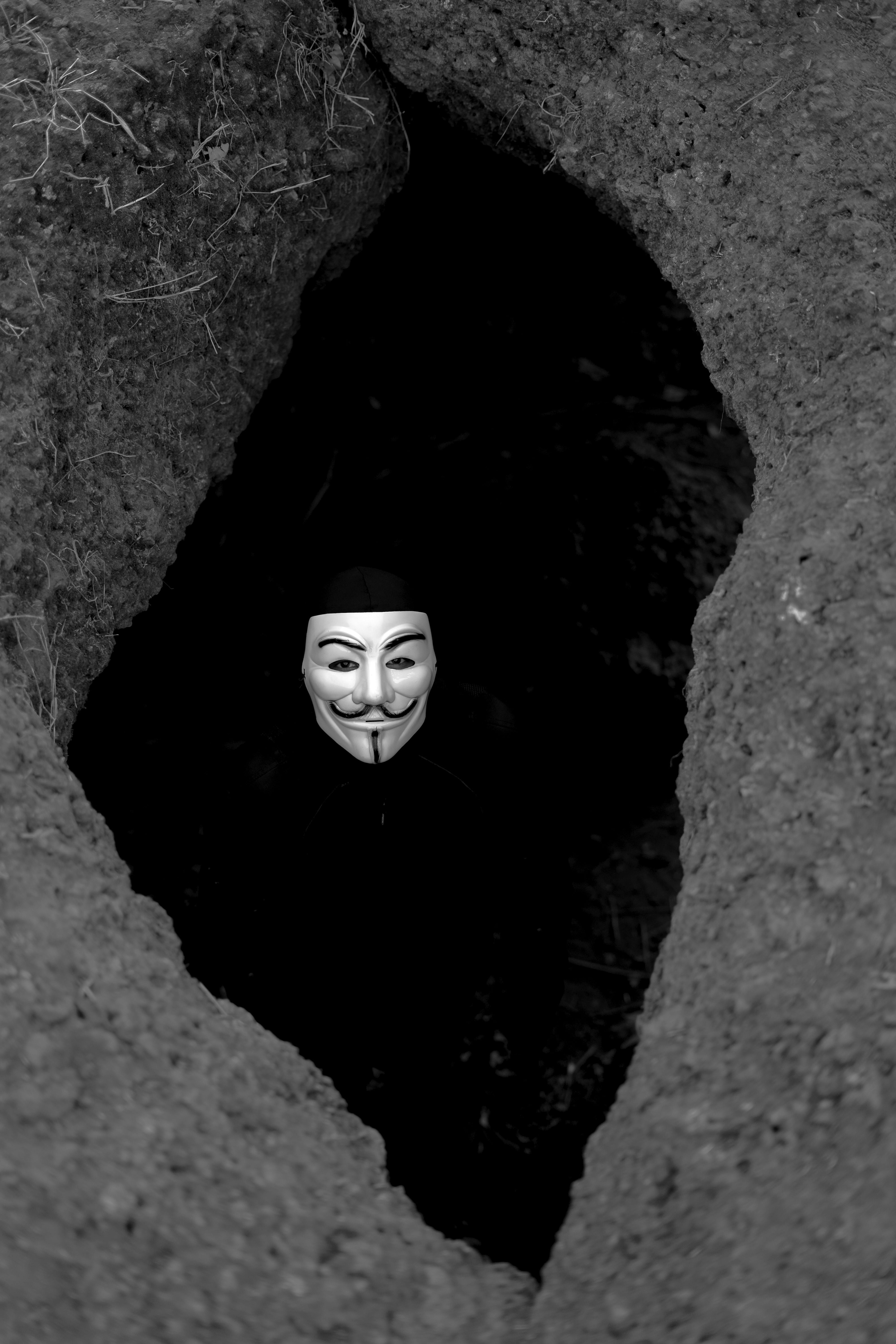





COMMENTS